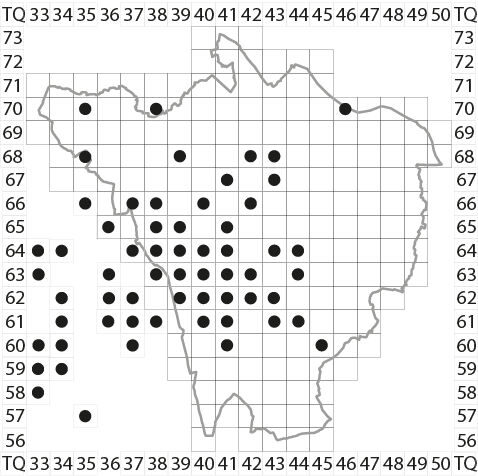Suggestions
Grounds Maintenance, Landscape Creation, Arboriculture, Sports Surfacing, Parks management, IOS Managing Safely Training, Ecology & Biodiversity, Grass cutting, Horticulture, Street Cleaning, Soft Landscaping, Hard Landscaping
Our Services
idverde provides a wide range of green services, including grounds maintenance, landscape creation, and advice services, to both private and public sectors across the UK.
Brown Hairstreak Butterflies of Bromley
In 2017, Brown Hairstreaks were discovered in Spring Park in West Wickham and then recorded in Keston in 2018. Since then, we have been able to plot and map their spread through Bromley with 2021 being the biggest expansion in the range so far.
More projects for The London Borough of BromleyNational Learn About Butterflies Day
National Learn About Butterflies Day takes place on the 14th of March. The day celebrates butterflies and encourages people to learn about the colourful creatures. Butterflies are important as they are an indication of a healthy environment and are pollinators alongside other insects such as bees and moths. To celebrate National Learn About Butterflies Day, we are highlighting Brown Hairstreak Butterflies and their recent appearance in Bromley.
Introduction
Brown Hairstreaks (Thecla betulae) are small brown butterflies with light brown streaks down each wing. Brown Hairstreaks are a species that has suffered a significant decline in the UK, having reduced in population by 49% since 1970. They are a Section 41 species of principal importance. In 2017, Brown Hairstreaks were discovered in Spring Park in West Wickham and then recorded in Keston in 2018. Since then, we have been able to plot and map their spread through Bromley with 2021 being the biggest expansion in the range so far.

About the project
Brown Hairstreaks are usually restricted to three main areas of South-West Wales, Devon/Somerset and Surrey/Sussex. The discovery of the butterfly within Bromley is extremely encouraging for the species, therefore protecting the population is important to ensure they continue to grow in population within these areas.
Brown Hairstreaks emerge at the end of the summer usually late August through to the beginning of October depending on weather conditions. They are often difficult to see as adults but they lay their eggs one at a time in the branch unions of blackthorn.
Searching for their eggs is a reliable way of finding new colonies and monitoring their spread onto new sites through presence and absence searches and important to managing their populations carefully.
By identifying new colonies we can tailor the management of Blackthorn Scrub and hedgerows to ensure their populations are protected and allowed to grow and flourish. Blackthorn Scrub provides food for caterpillars of many moth species and is also used by the black and brown hairstreak butterflies. Maintaining a mixed age range of Blackthorn Scrub or undertaking rotational hedgerow management and at different aspects ensures they have new growth to egg lay on, sun to bask in and protection from the wind.
Where eggs are found in an area requiring management we can safely remove and relocate eggs out of harm’s way. The long term prospect for brown hairstreaks in Bromley is hopeful, simple changes in management will ensure this priority species continues to grow its range and populations for a stable future in Bromley and we hope that by the end of 2022 more colonies will be discovered.
